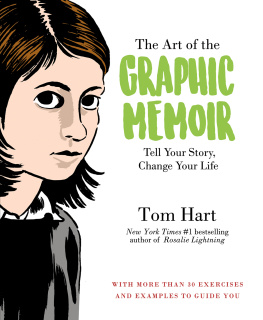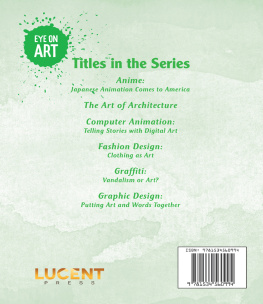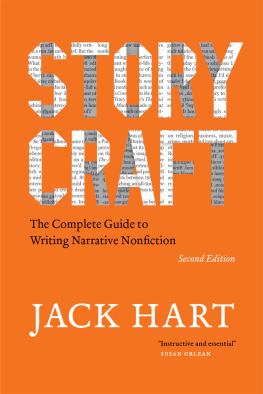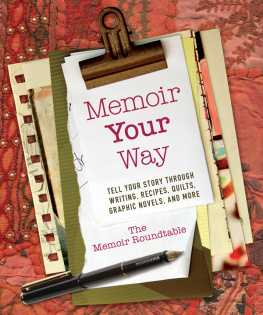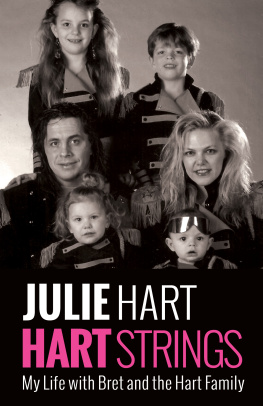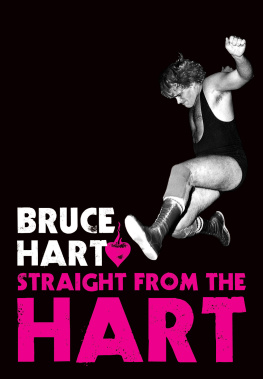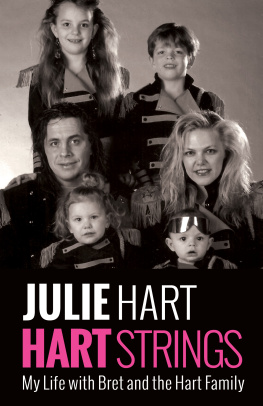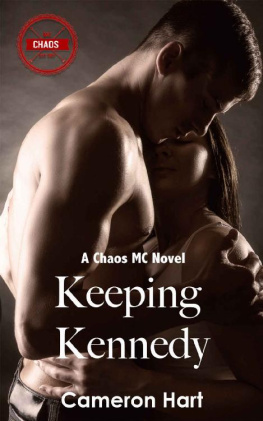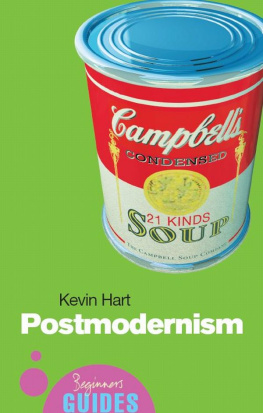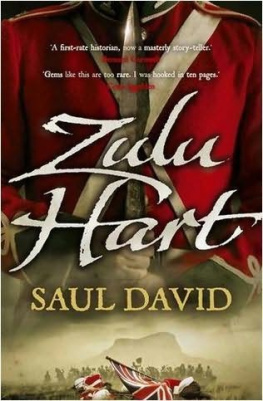Contents
Guide
THE ART OF THE
GRAPHIC MEMOIR
TELL YOUR STORY,
CHANGE YOUR LIFE
TOM HART

The author and publisher have provided this e-book to you for your personal use only. You may not make this e-book publicly available in any way. Copyright infringement is against the law. If you believe the copy of this e-book you are reading infringes on the authors copyright, please notify the publisher at: http://us.macmillanusa.com/piracy.
For my friends and students in the SAW Graphic Memoir class. Including Beth, Emma, Madeline, Jesse, Xris, Elizabeth, Lynsey, Edie, Erin, Elise, Jill, Darlene, and Mister Captain.
In 2010, I was an award-nominated, acclaimed cartoonist and teacher with no interest in creating autobiography. My work and life led me to find creative fufillment in fictionusually blends of serious and silly fables.

That is, until 2011, when my daughter died suddenly just shy of her second birthday.
The shock of this caused me to bury myself in the actions I knew best: writing and drawing. I wrote about what I was going through, and soon realized I needed to wrestle with it in drawing, too.
Thus, I began my first autobiographical comic, a graphic memoir, Rosalie Lightning (2016, St. Martins Press).
Ive always been an artist to look to the great work before me for inspiration and guidance. And so in creating my story, I turned to lots of master examples of the genre.
In this book I want to share with you everything that I learned in looking at these master examples, as well as how I tried to transmute their wisdom as I worked on Rosalie Lightning. In the My Story sections, Ill show detailed notes, sketches, and drafts that relate to the topics Ive brought up.
This book is designed to get you, too, from initial thoughts, ideas, and memories to a finished graphic memoir, so in addition to my own notes and experiences, Ill also review those master examples and complete exercises to get you better and deeper into your own story. Well go step by step from idea to completion and you will gather lots of tools and inspirations on the way.
Our path is divided into nine sections, and in each section and step well take a quick look at a few great graphic memoirs and then well complete one exercise and look to at least three optional exercises to get us further along.
I run a comics school in Gainesville, FloridaThe Sequential Artists Workshop (SAW). Ive had the privilege of guiding many students through the telling of their own stories. This book is a product of their energy and strength as much as mine.
Whether youre eager to share stories youve had inside you for a long time, or want to draw stories that youve previously told some other way, this book is designed to inspire and get you there.
Ultimately, telling our stories strengthens us, deepens us, and makes us more alive, compassionate, and empathetic, as it connects our lives to history and to the world around us. It helps us connect broadly across time and across peoples.
It changes us; it changes the world.
If [these thoughts] are not the riddle and the untying of the riddle they are nothing
Walt Whitman; Song of Myself
Everyone has a story to tell. Over the course of a life, we tell so many stories, and hear so many stories over meals, during free time, during work, play, in public space or in private.
We are so used to it that we dont even think about structuring our stories, or editing parts in or out, or the tone of our voice or anything, we just tell our stories.
But when we choose to move from the merely social world to telling our stories in a more complicated medium like, say, a graphic memoir, then suddenly we realize there is a lot to think about!
Style, rhythm, panel arrangement, visualization, structure, and even just how do I go through with this anyway?
This book aims to help you internalize the tools you will need to tell your graphic memoir. When you learn all the elements above, you are on the road to literacy in this unique medium.
So first, lets get started, and look at the basics.
To begin, why do we want to tell our story in comics? We dont really need an answer to this, but asking it might help us make better visual and sequential choices once we get going.
Comics are inherently visual, like cinema or animation, but theyre also intimate, making a one-to-one connection with the reader as do novels or poetry.
Comics have in their history early glyphs and alphabets that communicate through pictures. Comics may be closer to runes than to movies. Some historians believe that even some cave paintings were meant to be read in sequence.
Or maybe comics are more like puppetsin both, we look at fake versions of people, whether made up of foam and cloth or made up of drawings. They dont move like real people; in comics they dont move at all.
Or maybe comics are like theater, the boxes and panels reflecting the proscenium and the stage.
Or maybe comics are a lot like music, the rhythm of the panels and pages reflecting the beats and measures in a song, and the directness of the drawings hitting our emotions like melody.
Or ultimately comics are most like comics, and every artist will bring his or her talents, drives, and eccentricities to it. Which is why we study them: to see what others have done, and to mimic and learn as we develop our own voice to tell our own story.
Since most comics are drawn (though they are occasionally painted, collaged, or even photographed), lets begin by looking at three artists who love to draw and whose narrative voices are inherently connected to their love of and facility with drawing.
SMILE
by Raina Telgemeier
Raina Telgemeier clearly loves drawing. You can tell from her clean, exaggerated style. You can see the joy she experiences in stretching these faces and bodies to their limits.
CONSISTENT DRAWINGS!
Telgemeiers characters are consistent, expertly drawn, and very funny. Her readers are young adults and this is how they want to read her story. They want clean, easy-to-read cartoons that are elastic and occasionally grotesque. This distortion of the characters faces and bodies reflect how childen and adolescents feel about their own bodies and appearances and owes a lot to the exaggeration in classic comics and cartoons.






